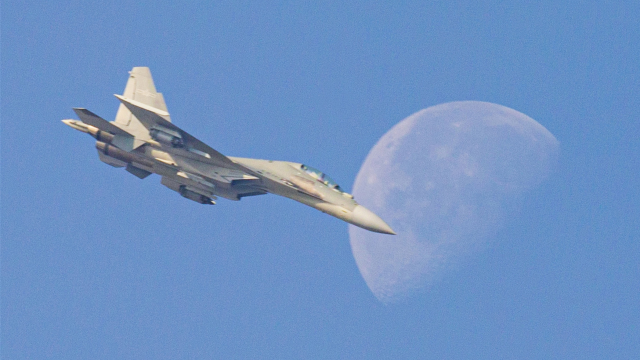China is developing a modern, global basing network for its military that could reshape the global economy and international order by 2040, yet only two decades ago Brookings Institution labeled the People’s Liberation Army (PLA) a “hollow military.” The PLA scorecard is vastly different today. Chinese aggressive behavior coupled with its advanced capabilities create a formidable challenge to the US in many areas. At the same time, the 2023 Index of US Military Strength reports that America’s military is weaker than only a year ago. That raises a number of questions that the world needs to be considering right now. Most important, perhaps, is to learn why China’s pursuing an overseas basing strategy. And, second, where is China most likely to pursue its next bases.
RAND Corporation released a new report this week that pulls together information from two longer RAND Arroyo Center reports. It notes that historical cases suggest China “could develop a global basing network within the next 20 years if it is determined to do so.” While the global role of the PLA remains clouded in mystery, the political leadership in Beijing has been more open about its determination to emerge within the next two decades as a leading global military power. Jesse Johnson, writing for The Japan Times, says that the message out of Washington this fall is “one of deep concern that the [Chinese] military has become significantly more aggressive in Asia,” and that at some point there will be a “major incident or accident involving the United States.”
China’s technological advances put it on par with the United States in many areas, including artificial intelligence (AI). With assistance from host nations, the People’s Liberation Army Navy (PLAN) is rapidly expanding its ability to project power beyond its coastal waters and into the Western hemisphere. China is also acquiring access to overseas military bases and port facilities around the world. The prime motivation for Beijing’s military policy calls for expanding its presence abroad to protect its growing interests. Economic growth abroad serves as the foundation for the China Communist Party’s (CCP) legitimacy. But China’s leaders are also pushing for a policy shift that requires a more forceful military response to what it perceives as threats to its national security and sovereignty. Although the RAND report suggests that imposing costs on the US or other nation’s is only a secondary consideration, it still needs to be addressed by Washington. The authors of the RAND report evaluated 108 countries, across 17 indicators, and identified 24 countries that may be especially well suited to Beijing’s pursuit of basing and access. “The four countries that scored the highest across these indicators are Pakistan, Bangladesh, Cambodia, and Myanmar,” it says.
Most disconcerting is that China could gain rights for military bases in these countries, as they are among the most likely to face “acute security requirements that they cannot meet without foreign support.” They also pose a risk for both the US and China as domestic instability in them could end up drawing the United States into an unwanted conflict with the communist giant. The RAND report authors argue that such new large-scale overseas military bases have a potential to disrupt local balances of power and risk triggering both internal and interstate wars. “In the longer-term future, China’s global basing ambitions might touch off peripheral wars with the potential to draw in China and the United States.” To offset China’s military rise overseas, some western analysts are advising Washington to build and strengthen its overseas partnerships.
There are a number of steps Washington policymakers can take to slow China’s aggressive behavior. They require decisive, well-planned steps and leadership, and the time is growing short. The Biden Administration needs to develop indications and warning for new overseas PLA locations and prioritize efforts to slow or impose costs on China’s quest for overseas basing before Beijing becomes to well-imbedded overseas. Economically, Washington still has the advantage in leveraging nonmilitary means to slow or minimize the PLA’s growing reach. RAND concludes that by strengthening our economic and military policy, the US could retain the capabilities and posture needed to protect America’s allies and partners in preparation for an expanded Chinese threat environment. Washington needs to recognize that China is no longer a “hollow threat” and respond from a position of strength.
Daria Novak served in the U.S. Dept. of State
Photo: A fighter jet attached to an aviation brigade under the PLA Air Force fires rockets against ground targets during a flight training exercise on November 15, 2022. (eng.chinamil.com.cn/Photo by Liang Pengyu)
